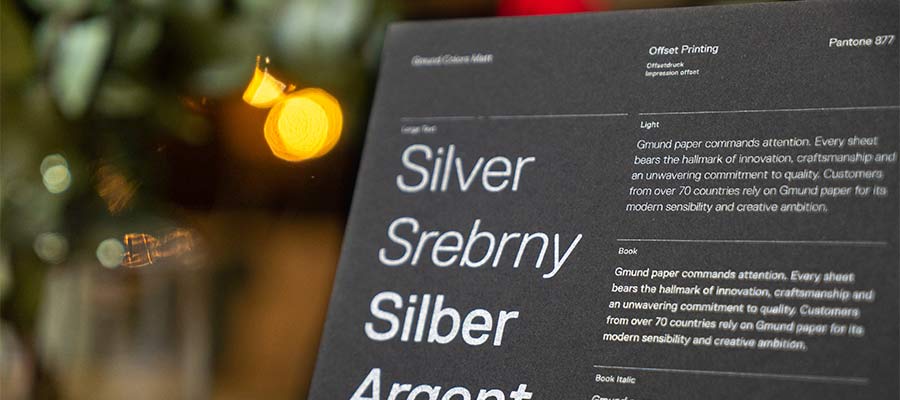What do you see when reviewing your portfolio? Maybe it brings back memories of a challenge you faced or a difficult client. Perhaps you cringe at the sight of a dated look or extinct technology. I hear you.
My career has had its share of hits and misses. I’ve felt embarrassed when looking through my old projects. But time brings perspective. Eventually, you start to see things in a different light.
All projects offer a learning experience. Even the ones that didn’t have a positive outcome. As such, I wanted to share some of the most important lessons that I’ve learned.
Here are a few takeaways from those blasts from the past. Maybe they weren’t so bad after all?
Code Is More Resilient Than You Think
I’ve had to retrofit several old websites for use on mobile devices. These sites were built in the days before smartphones changed the world. They needed to look and function well on small screens.
I discovered that this wasn’t as hard as I anticipated. I had a wide range of sites to retrofit. Everything from early experiments in WordPress to table-based HTML.
The table layouts were generally the most time-consuming. However, I was amazed at how well I was able to convert them to CSS. It usually took a few hours. And the CSS-based layouts were even easier to deal with.
This demonstrates that HTML and CSS are resilient. And it’s possible to salvage quite a bit from an older website. That’s not to say everything is semantically perfect. But you can indeed squeeze some more life out of an old site.

Typography Isn’t an Afterthought
The web was once severely limited when it came to fonts. That may be one of the biggest changes over the past 20 years. But I’m not sure that any amount of cool fonts could have saved me from poor decisions.
For instance, I was obsessed with small type. I’ve found several projects where the font size was too small. Minimal line height forced lines to be squished together. The content was difficult to read.
I have a theory about why I did this. Small text was seen as more visually appealing back then. Plus, display technology wasn’t very good. Fonts often looked jagged at larger sizes. Tiny text was one way to combat that effect. Looks seemed more important than legibility.
The importance of legibility has become clear since then. Type is meant for way more than looking pretty. If it’s not readable, it’s not accessible.

Creativity Can (Still) Solve Problems
The various hacks I used to build websites are hilarious. And I know I wasn’t alone in using them.
Workarounds like slicing up large images (and putting them into a table layout, no less), trying to stay compliant with older versions of Internet Explorer, and all manner of vendor prefixes were the norm. They acted like virtual duct tape to hold everything together.
These practices weren’t great. But they were done for a noble cause. The goal was to make a site work for the widest range of users. And that’s still true today.
The concept of using “hacks” is no longer in fashion. But the creative energy behind them certainly is. The difference is that we now have tools to solve design challenges. Creative use of those tools can get us past just about any obstacle.

For Best Results, Clients Require Guidance
This was one of my hardest-learned lessons. As a young designer, client meetings were like taking an order at a restaurant. I wrote down what they wanted and did my best to deliver.
You can get by with this strategy for a little while. But it’s not so great in the long term. Positive outcomes require a solid plan. And it’s nearly impossible to do that when decision-makers don’t have the information they need.
That’s a big part of a web designer’s job. We’re the experts hired to ensure that a website is attractive, functional, and accessible. But we must speak up to keep clients informed.
These days, I’m not afraid to offer an honest assessment of a client’s ideas. I try to help them find the best path forward. It’s usually well-received and appreciated.
And the outcomes are much better, to boot. It becomes obvious as I look at recent projects. They tend to be more well-rounded than the older ones.

Don’t Be Afraid to Change
Change is like a monster hiding underneath my bed. It’s ready to strike the minute I’m comfortable with a process or technology. I once spent an unhealthy amount of time fearing and resisting it.
For example, I was terrified of CSS layouts. The thought of using a database made me break into a cold sweat. Writing PHP? Forget about it.
But a look at my portfolio proves that my fears were unfounded. I don’t claim to be the world’s greatest anything. But I did find a way to evolve. I’ve managed to learn new skills and stay with the times.
Sure, change still sends a little shock to my system (I’m looking at you, JavaScript). Yet, I’m more confident in my ability to adapt. Why? Because I’ve done it before.

Retrace Your Steps as a Web Designer
Love them or not, your old projects are there for a reason. Maybe they don’t live up to your current standards. But there are still valuable lessons to be learned from them.
That’s why I highly recommend taking a look through your archives. You’ll gain some insight into your evolution as a designer. And you can see how you’ve put those lessons to good use.
You may not realize how far you’ve come until you revisit the past.
Top